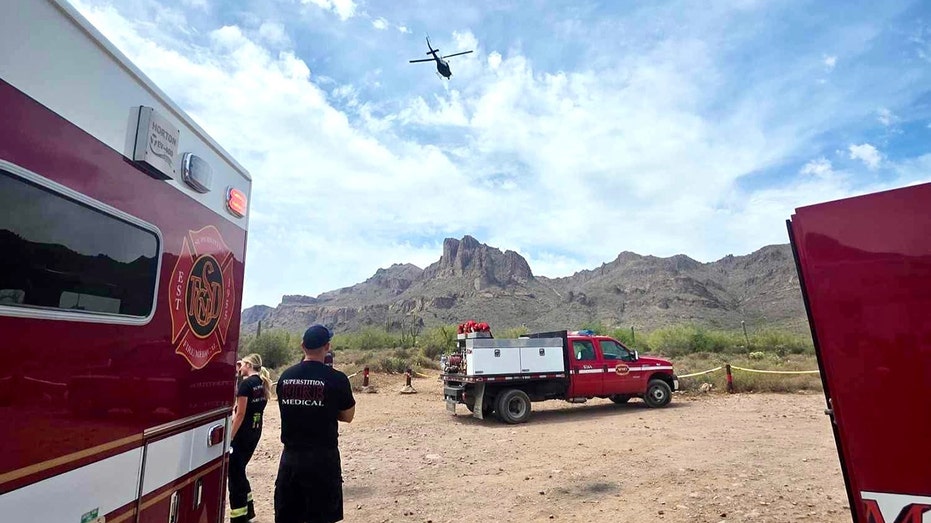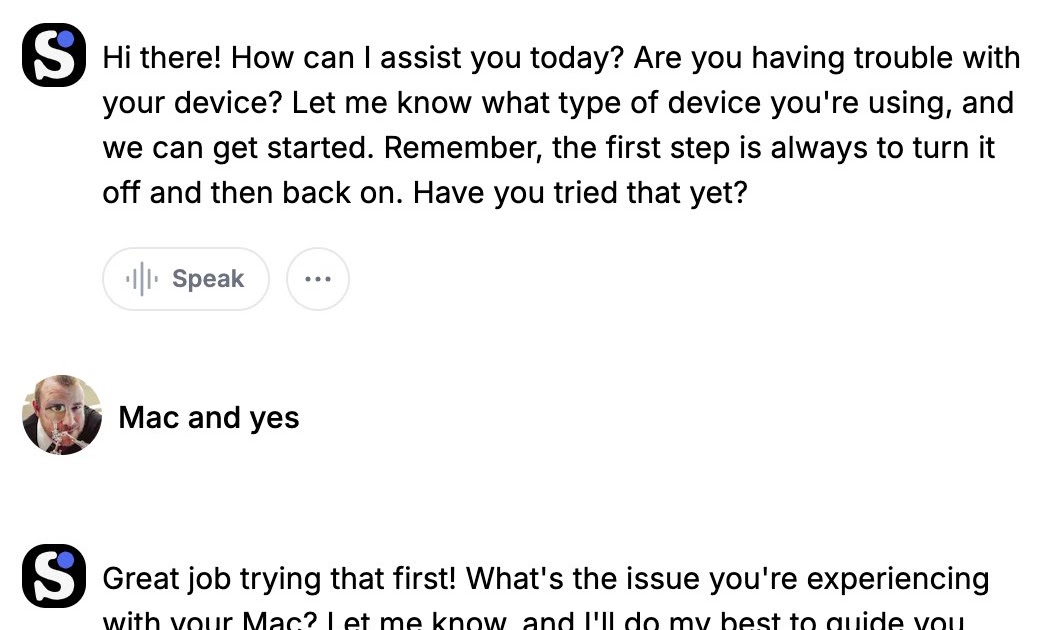The business (and busy-ness) of education
We often hear we should run our schools more like a business. It is intended to mean that we become more efficient and that we streamline our efforts to focus on what is essential and discharge anything superfluous.


Key points:
- Building relationships is important to the overall health of an organization
- Leading (again) in uncertainty
- Elevating principals, teachers, and students through shared purpose
- For more on school leadership, visit eSN’s Educational Leadership hub
We often hear we should run our schools more like a business. It is intended to mean that we become more efficient and that we streamline our efforts to focus on what is essential and discharge anything superfluous.
It also implies that we should be more:
- Focused on cost effectiveness and less on offering broad services
- Data-driven and less educationally intuitive
- Geared to precise accountability measures and less on child and youth development
- Prone to fire our way to success than to grow our staff
The inter-relational and human-centered aspects of a role, a position, or an organization are often deemed superfluous.
Of course, some/many of these things–on both sides of each statement–are desirable and they are also not mutually exclusive; however, the latter becomes more difficult to achieve if the former leads the way.
There are also many who believe the opposite–that business should be run more like schools. This means that business should be more:
- Relationship driven
- Collaborative and developmental
- Mission, vision, and values oriented
- Embedded in and beneficial to their local community
What makes people leave a company? It’s not necessarily the tasks–rather, it’s the personal interactions, level of respect, and agency (or lack of) that forces people out the door. It’s the lack of trust, lack of ownership, lack of belonging, and lack of empowerment, which shows up via micro-management, checklists, and poor personal relationships. It is also a lack of purpose, which can show up as personal purpose or organizational mission.
Many businesses are aware of the benefits that come from being more focused on relationships–benefits to outcomes, staff satisfaction, retention, continuity of culture, and staff well-being.
Many companies are beginning to understand that relationship building, community values, staff well-being and health, and opportunities to work in collaboration with others are important to the overall health of the organization.
NVIDIA, the company you’ve likely heard mentioned in the news regarding AI, states that “one of NVIDIA’s company goals is to provide a supportive environment in which team members can ‘do your life’s work.’ This includes finding passion in work projects, providing for one’s family, learning new skills, and giving back to worthy causes.”
LEGO, the brand we all grew up with, states, “LEGO aims to create a safe, healthy, and respectful workplace for all employees.” The company’s people-first approach includes focusing on:
- Relationships and diversity
- Fairness and respect
- Being purpose-driven
- Equal treatment
- Safe spaces
- Being child-centric
- Global collaboration
There is also a busy-ness that is becoming more prevalent in both education and business. Schools no longer, if they ever did, teach just the facts. They are no longer, if they ever were, merely concerned with transferring content knowledge from the teacher to the student, but rather are increasingly concerned and held responsible for many societal needs and issues.
Schools and their teachers are placing greater emphasis on their students’ well-being, nutrition, social and emotional development, sense of belonging, and engagement with their local community. This is a positive move that readjusts education to suit its communities. Whether it is the rise of community schools or a Whole Child approach to education, schools have been adapting and adjusting to the times and the needs of their students, families, and their communities. However, many of these schools are increasingly being asked to fill in for gaps that appear in society, as well as to teach an increasingly expanding and evolving curriculum. Schools are becoming ever more busy places to work.
There is an increasing busy-ness in our everyday lives, and our urgent question should be, “How do we respond?” This busy-ness will likely not slow down–in fact, it is forecast to grow and grow. If we try to restrict the roles of schools and organizations, we will likely be swimming against the dominant tide. As author and playwright James Thurber stated, “Let us not look back in anger, nor forward in fear, but around in awareness. Let’s be aware of the global changes occurring–and also aware of the local changes and needs.
Being aware of what and who is around us is based on our people and our relationships. It’s about taking care of our people, and in leadership terms it’s about developing a people-first culture. We do this by considering the people involved first and harnessing these relationships. We can aim to provide meaningful work, opportunities for growth, progression, professional development, and value a healthy work-life balance for all employees.
Every employee in a people-first culture should feel respected and feel that the company cares for them individually. They build systems and structures that ensure these values are supported by consistent practices that become core to the culture of the organization.
Sounds very much like a good school.
There is an irony in the notion that we should run education more like a business, because businesses are looking to replicate the relationship-driven model fundamental to education. “People first” means understanding your community, its culture, and its needs first.











![[DEALS] The 2025 Ultimate GenAI Masterclass Bundle (87% off) & Other Deals Up To 98% Off – Offers End Soon!](https://www.javacodegeeks.com/wp-content/uploads/2012/12/jcg-logo.jpg)







-Olekcii_Mach_Alamy.jpg?width=1280&auto=webp&quality=80&disable=upscale#)




















![Air Traffic Controller Claps Back At United CEO Scott Kirby: ‘You’re The Problem At Newark’ [Roundup]](https://viewfromthewing.com/wp-content/uploads/2025/05/scott-kirby-on-stage.jpg?#)


































